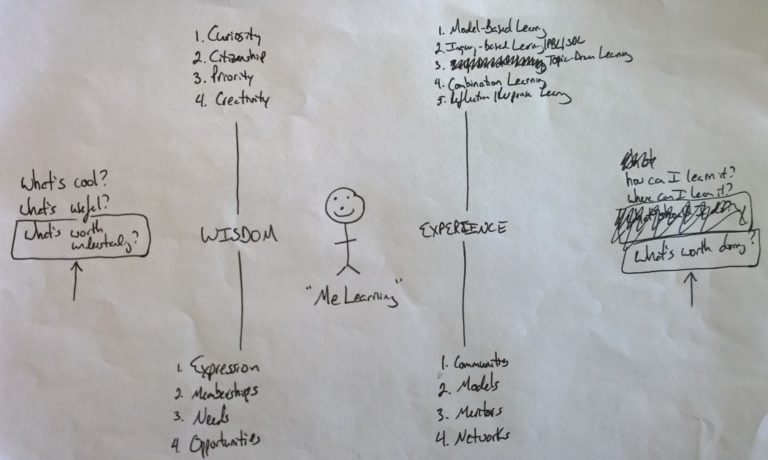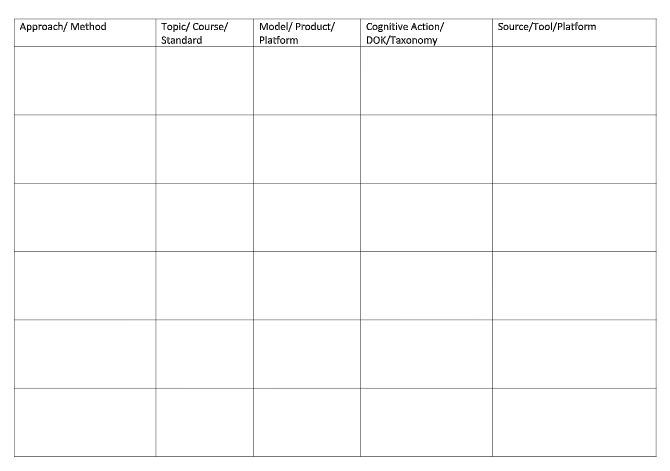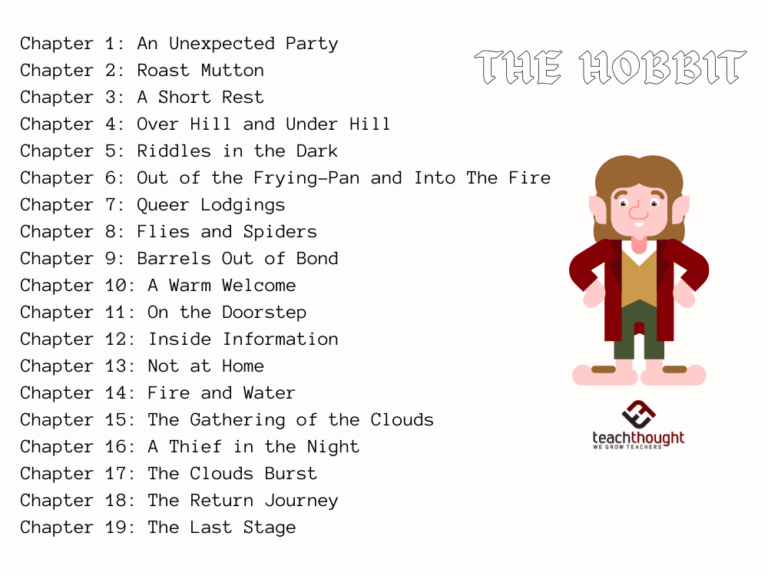Reading Competencies
Idea
1. Identify and analyze a theme or thesis and its development (e.g, the use of supporting details, rhetorical techniques, literary devices, writing style, tone, mood, modalities, etc.)
2. Recognize how a theme or thesis or media fits into larger contexts (cultural, literary, digital, etc.)
3. Recognize and explain the features, nuance, history, implications, and significance of an idea, and explain what it might be worth writing about, and other attempts to explain the same idea.
“Paper”/Media
1. Identify and analyze idea organization and general structural characteristics (compare/contrast, cause/effect, chronological, etc.)
2. Evaluate author’s effectiveness in tying together various writing elements in support of thesis/theme
3. Evaluate relative success of a media based on a perceived audience and purpose, giving specific details and evidence from the media.
Paragraph
1. Identify paragraph’s structural elements (e.g., topic sentence, evidence, examples, interpretation, etc.)
2. Analyze use of paragraph structure to meet an implied purpose.
3. Evaluate paragraph content (ideas, information, rhetoric, literary devices, etc.) for its perceived message and effectiveness in communicating that message.
Sentence
1. Identify and evaluate elements of an author’s writing style, and how that impacts the expression of the ideas (thesis, theme).
2. Identify, analyze, and evaluate various formal and informal sentence structures and their effect.
3. Identify and analyze use of simple and advanced punctuation strategies, esp as they relate to author writing style.
Word
1. Identify and explain word parts
2. Analyze diction and its effect; explain alternatives to specific word choices by author and the effect of those changes.
3. Explain relationship between words in a simple sentence, and/or clauses in a complex sentence.



